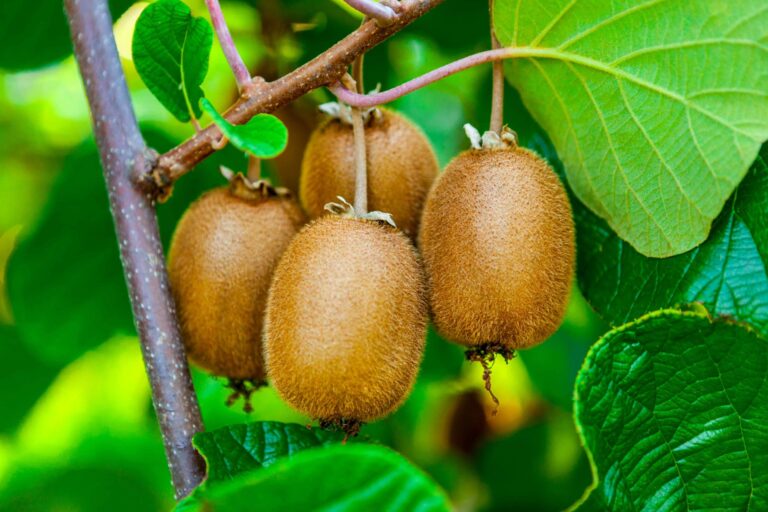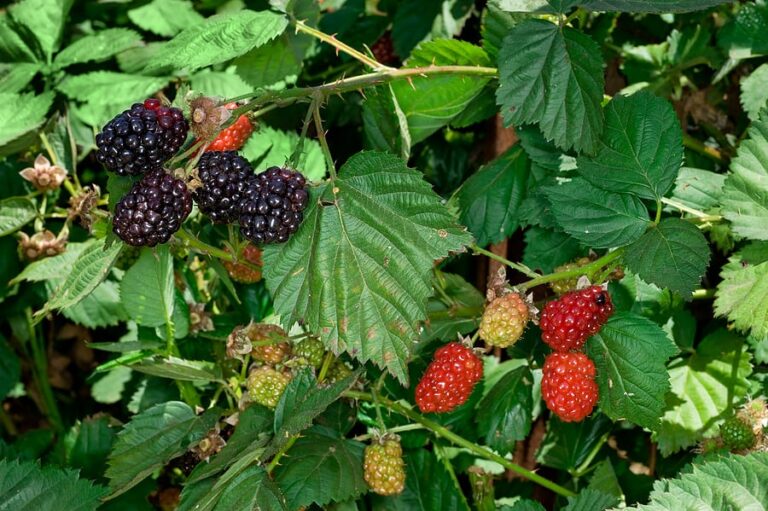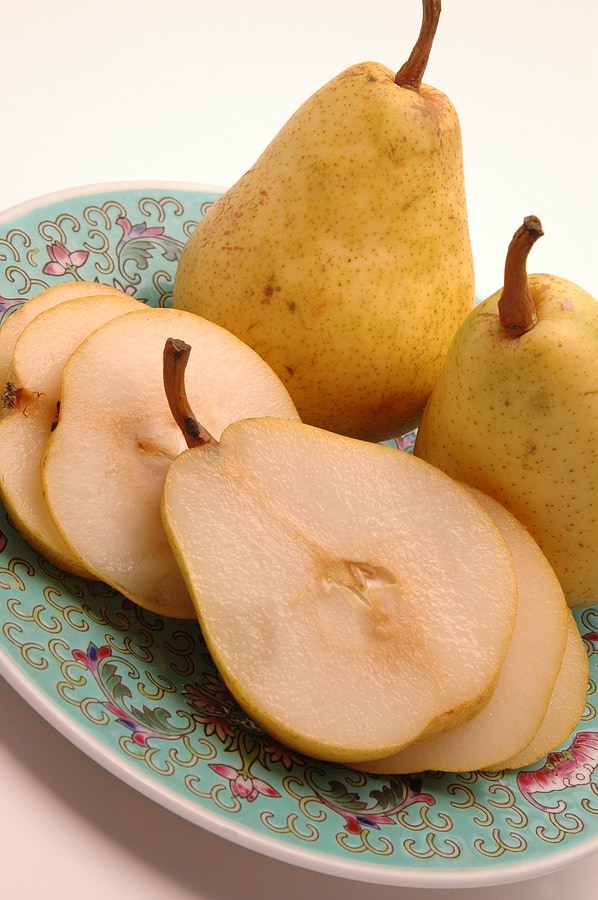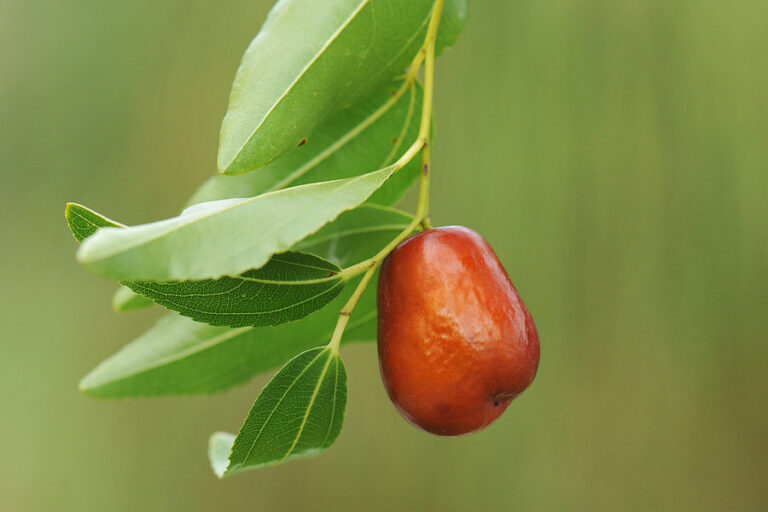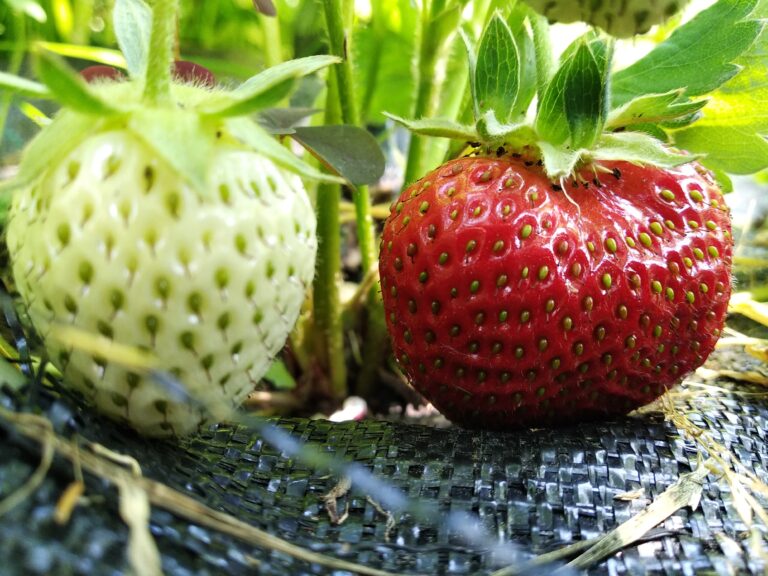Guide to Alpine Strawberries: Tiny but Tasty
Alpine strawberries may be small, but they pack a punch when it comes to flavor. Often overlooked in favor of their larger cousins, these dainty berries are a hidden gem in the home garden—perfect for gardeners who value taste, fragrance, and charm over sheer volume.
As someone who has grown alpine strawberries in containers, raised beds, and even tucked them into flower borders, I can tell you they’re a delightful, low-maintenance treat worth discovering. Let’s dive into what makes alpine strawberries different, which varieties are best, and how to grow them successfully.
🍓 What Are Alpine Strawberries?
Alpine strawberries (Fragaria vesca) are a type of wild strawberry native to Europe and parts of Asia. They’re also known as fraises des bois in French, meaning “strawberries of the woods.” Unlike the more common garden strawberries (Fragaria × ananassa), alpine strawberries are:
- Small-fruited – typically the size of your thumbnail.
- Runnerless – most varieties don’t send out runners, making them ideal for tidy gardens or containers.
- Perennial – reliably return year after year in Zones 4–9.
- Day-neutral – they fruit over a long season, often from late spring through fall.
- Exceptionally flavorful – described as intensely sweet, sometimes with floral or pineapple-like notes.
🌟 Why Grow Alpine Strawberries?
Pros:
- Incredible flavor – better than many full-sized berries.
- Extended harvest – fruit ripens over many weeks, not all at once.
- No runners – great for compact spaces and low-maintenance borders.
- Shade-tolerant – thrive in partial sun, unlike other strawberries.
- Low water needs – once established, they’re quite drought-tolerant.
Cons:
- Tiny fruit – not ideal if you’re growing for yield.
- Delicate – doesn’t store or ship well; best eaten fresh.
- Not widely available – may need to order seeds or plants from specialty nurseries.
🌿 Best Alpine Strawberry Varieties
Here are some of the most popular and flavorful alpine strawberry varieties that grow well in most U.S. regions:
1. ‘Mignonette’
- French variety known for its rich, sweet aroma and bright red berries.
- Day-neutral and productive over a long season.
- Great in containers or along paths.
2. ‘Alexandria’
- Very flavorful and prolific.
- Compact, bushy plant with no runners.
- Excellent choice for edging garden beds or raised planters.
3. ‘Yellow Wonder’
- Pale yellow berries with a fruity, tropical flavor.
- Birds often overlook these, giving you more to enjoy.
- Eye-catching and unique in the garden.
4. ‘White Soul’
- White to pale pink fruit with a subtle, almost pineapple-like flavor.
- Great for novelty or gourmet gardens.
- Mildly sweet and surprisingly juicy.
5. ‘Baron Solemacher’
- Classic European heirloom known for deep red fruit and old-fashioned strawberry flavor.
- Very hardy and long-bearing.
- Perfect for gardeners in cooler regions.
🌱 How to Grow Alpine Strawberries
When to Plant:
- Spring or late summer are ideal planting times.
- Start seeds indoors 8–10 weeks before your last spring frost if growing from seed.
- Transplants can be set out after the danger of frost has passed.
Soil & Light:
- Alpine strawberries prefer loamy, well-draining soil with a slightly acidic to neutral pH (6.0–7.0).
- They grow well in full sun to partial shade—a bit more shade in hot climates is beneficial.
Care Tips:
- Water regularly, especially during flowering and fruiting.
- Mulch to conserve moisture and suppress weeds.
- Pick fruit every couple of days to encourage continued production.
🍓 Harvesting Alpine Strawberries
Alpine strawberries typically begin fruiting 8–12 weeks after transplanting and will continue to produce fruit in waves throughout the summer and into early fall.
Because the berries are small and ripen individually, they’re best harvested by hand every few days. Eat them fresh, use them as a garnish, or toss them in salads for a burst of sweetness. You can also freeze them, though their delicate texture is best enjoyed fresh.
🌼 Final Thoughts
Alpine strawberries may not be the biggest berries on the block, but what they lack in size, they make up for in flavor, fragrance, and charm. Whether you’re gardening in a container on a balcony or planting a cottage-style border, alpine strawberries are a joy to grow—and a gourmet treat straight from your own backyard.
Looking for more strawberry-growing tips? Check out our post on June-bearing vs. Ever-bearing vs. Day-neutral Strawberries →
Related Posts:
🌱 Getting Started with Strawberries
- How to Grow Strawberries: A Complete Guide From My Garden to Yours
- Strawberry Planting Calendar: What to Plant and When
- How to Plant and Grow Strawberries
- How to Plant Strawberries: Step-by-Step
- Indoor Strawberry Starts: How and When to Begin
- Best Climate and Site for Growing Strawberries
🍓 Choosing Strawberry Varieties
- Strawberries: June-bearing vs Ever-bearing vs Day-neutral Varieties — What’s Best for Your Garden
- Strawberry Varieties by Region: The Best Picks for U.S. Gardeners
- June-Bearing Strawberry Varieties: A Complete Growing Guide
- Guide to Alpine Strawberries: Tiny but Tasty
- Growing Strawberries in Hot Summer Regions Including Best Varieties
🪴 Growing Techniques & Care
- Watering, Feeding, and Caring for Strawberries the Right Way
- Container Growing Strawberries: Space Saving Tips
- Propagating Strawberries from Runners
- Strawberry Problems Solved: Common Pests and Diseases—and How I Handle Them
🌞🌨️ Growing by Climate & Season
- Growing Strawberries Year-Round in Warm Climates: A Gardener’s Guide
- Fall and Winter Strawberry Care: Cold Climate Tips for Healthy Spring Growth
- Planning a Year-Round Strawberry Harvest
🍽️ Harvest & Enjoy

